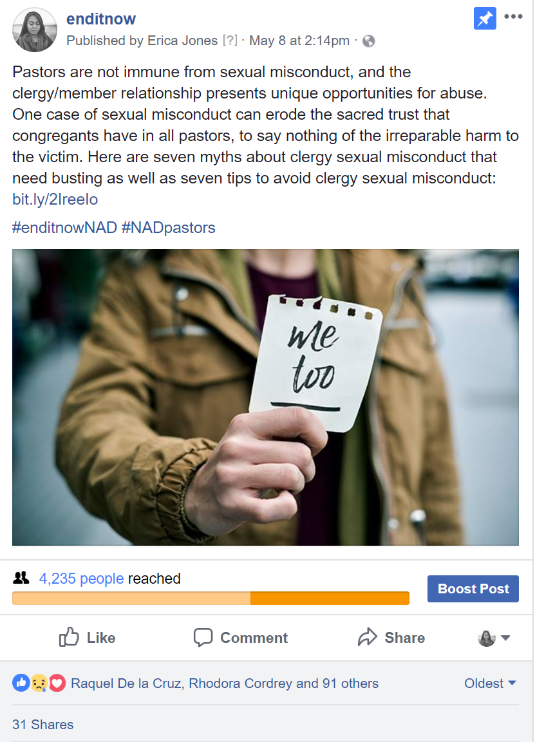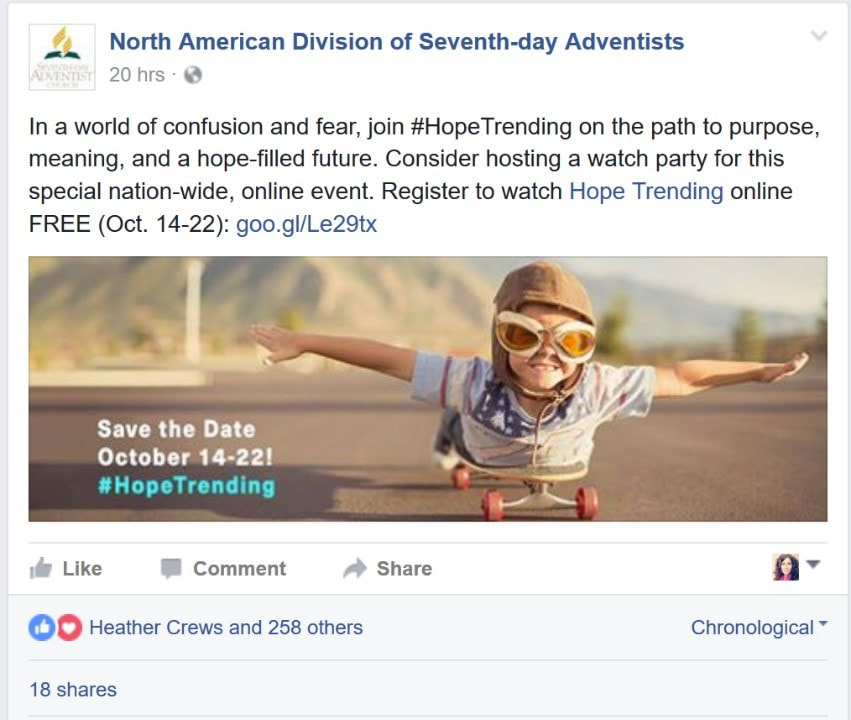Jamie Jean Schneider DommDigital Strategist, Social Media + Big Data, North American Division While understanding your audience and developing a content strategy takes a lot of effort, constructing your social media posts is actually pretty straightforward and mostly formulaic. Once you have your content planned out and your target audience determined, there are basic principles to follow to maximize effectiveness across any channel. Even as the technology changes, these principles will largely stay the same. In this section we’ll cover how to create posts and write messages for social media that effectively communicate with and engage your target audience. Main principles for creating a post (also applies to paid ads):
Guidelines for choosing good visuals (also applies to paid ads):
There are a lot of FREE or low-cost web-based tools out there like Canva with pre-made templates for social media images. If you’re short on high quality images, there are also stock photo resources available online where you can get professional images for free or very low cost. When laying out your images and designs, utilize the “Rule of Thirds.” This guideline divides an image into nine equal parts. Important elements of the image are placed along (or near) intersecting lines. This helps create tension, energy, and increases interest. Visit SDAdata.org/branding-image-design-resources for guidance on free and low-cost stock images, design tips, and branding guides. General Tips for Getting Your Social Media Posts Noticed
Example: Feeling defeated? Marriage is hard and you're struggling. We're here for you. Join us for a free seminar. Click here to register in advance and get a free book with 5 practical tips for improving your marriage. Guidelines for Choosing HashtagsA hashtag is simply a way for people to search for posts on social media that have a common topic and to join or being a conversation. You may recognize it as the pound sign, or if you're a musician, a sharp sign. Hashtags can be used in many platforms such as Facebook, Twitter, and Instagram. When searching for hashtags on a particular platform, like Twitter, your results will only be pulled from Twitter. To see posts with the same hashtag on other platforms, you must search them separately. Instagram posts with the highest number of engagements have 11 or more hashtags attached. The ability to create a collective conversation has made hashtags a vital tool for reaching and engaging audiences that share a particular interest. For maximum impact and reach, use a combination of three types of hashtags:
TIP: Hashtags aren’t used much on Facebook. The platform’s current search capability (as of 2020) isn’t polished and, often, relevant posts don’t show up when searched. It doesn’t necessarily hurt to add a couple hashtags on Facebook to help people understand what you’re talking about or reinforce branding. In general, take advantage of hashtags on Instagram and Twitter. Download the Hashtag library to help with your hashtag strategy. Anatomy of a Strong Social Media PostUse the following format to write a practice post for your ministry and brainstorm visuals. Follow this format for each platform the message will be posted to. Message (Copy):
Visual/media: Use the following space to determine if your visual is well suited to your message and goals. (Applicable to either pictures or video.)
Examples:Comments are closed.
|
Archives
August 2020
Categories
All
|
||||||
- Home
- BLOG
-
RESOURCES
-
RESOURCE MENU
>
- ADVENTIST IDENTITY GUIDELINES
- BIG DATA RESOURCES
- BRANDING, IMAGE & DESIGN RESOURCES
- CHURCH/MINISTRY SPECIFIC RESOURCES
- COPYRIGHT & TRADEMARK BASICS
- COURSES
- EMAIL RESOURCES
- GUIDANCE FOR HIRING SOCIAL MEDIA POSITIONS
- PODCASTS
- REPORTS & CASE STUDIES
- SOCIAL MEDIA RESOURCES
- (SOCIAL) VIDEO RESOURCES >
- TEXTING 4 CHURCHES
- TRACKING & ANALTYICS
- WATCH VIDEOS & TUTORIALS
- WEBSITE TIPS
- SOCIAL MEDIA GUIDELINES
-
RESOURCE MENU
>
- SEO
- Digital Discipleship & Evangelism
- COVID-19 RESOURCES
- eNEWSLETTER








 RSS Feed
RSS Feed